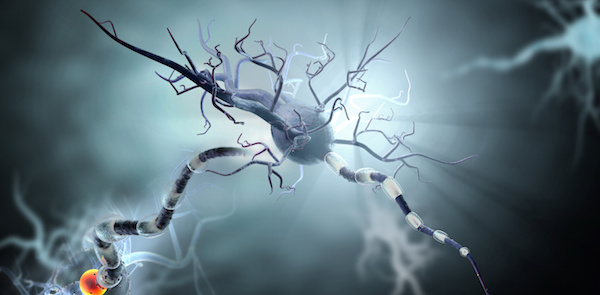
FRIDAY, June 25 (HealthDay News) — Blind and sighted people use the same brain area when thinking about manipulating tools, new research shows.
The finding offers further evidence that the brain has a fairly defined organization but is still able to adapt to unusual conditions, such as being blind, said the researchers at the University of Trento in Italy.
The investigators used functional MRI to monitor the brain activity of blind and sighted people while they listened to sets of words from different categories: tools, such as saw, scissors and fork; animals; and objects that aren’t manipulated, such as table, bed and fence.
The results showed that blind people, even those who were born blind, tended to use the same part of the brain as sighted people when thinking about a tool. Non-tool items didn’t activate this part of the brain.
The study is published in the June issue of the journal Psychological Science.
“I think the exciting implication is that the way our brains process the world may be less dependent on our experience than previously thought,” researcher Bradford Z. Mahon said in a news release from the Association for Psychological Science.
“It doesn’t mean experience is not important. Experience is critical for providing all of the content that we represent about the world. But how that content is organized in our brain seems to be highly constrained, and the interesting possibility is that those constraints are built in by genetics,” Mahon added.
More information
For more about the brain, visit the Whole Brain Atlas.

